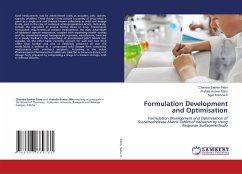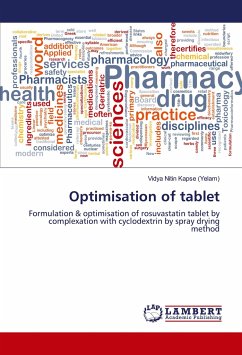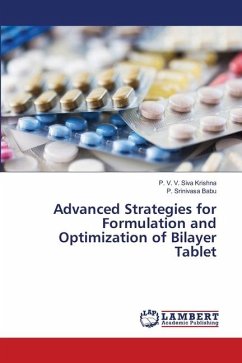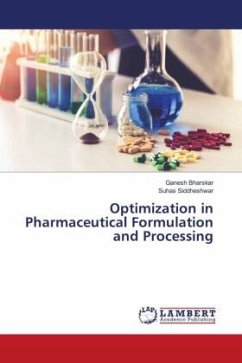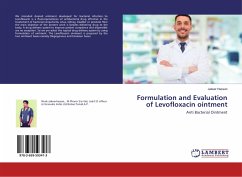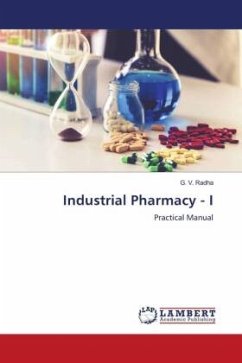Solid medicaments may be administered orally as powders, pills, cachets, capsules ortablets. These dosage forms contain a quantity of drug which is given as a single unit and theyare known collectively as solid unit dosage forms, even in the case of sustained actionpreparations which, technically, contain the equivalent of several normal doses of drug .Thestringent formulation requirements of modern medicaments, the many advantages of tabletand capsule medication, coupled with expanding health services and the commitment need forlarge-scale economic manufacture, have led to a steady decline in the prescribing of powdersand pills.1 Tablets and capsules, on the other hand, currently account for well over two third ofthe total number and cost of medicines produced all over the world.Tablet is defined as a compressed solid dosage form containing medicaments with orwithout excipients. According to the Indian Pharmacopoeia Pharmaceutical tablets are solid,flat or biconvex dishes, unit dosage form, prepared by compressing a drugs or a mixture ofdrugs, with or without diluents.

